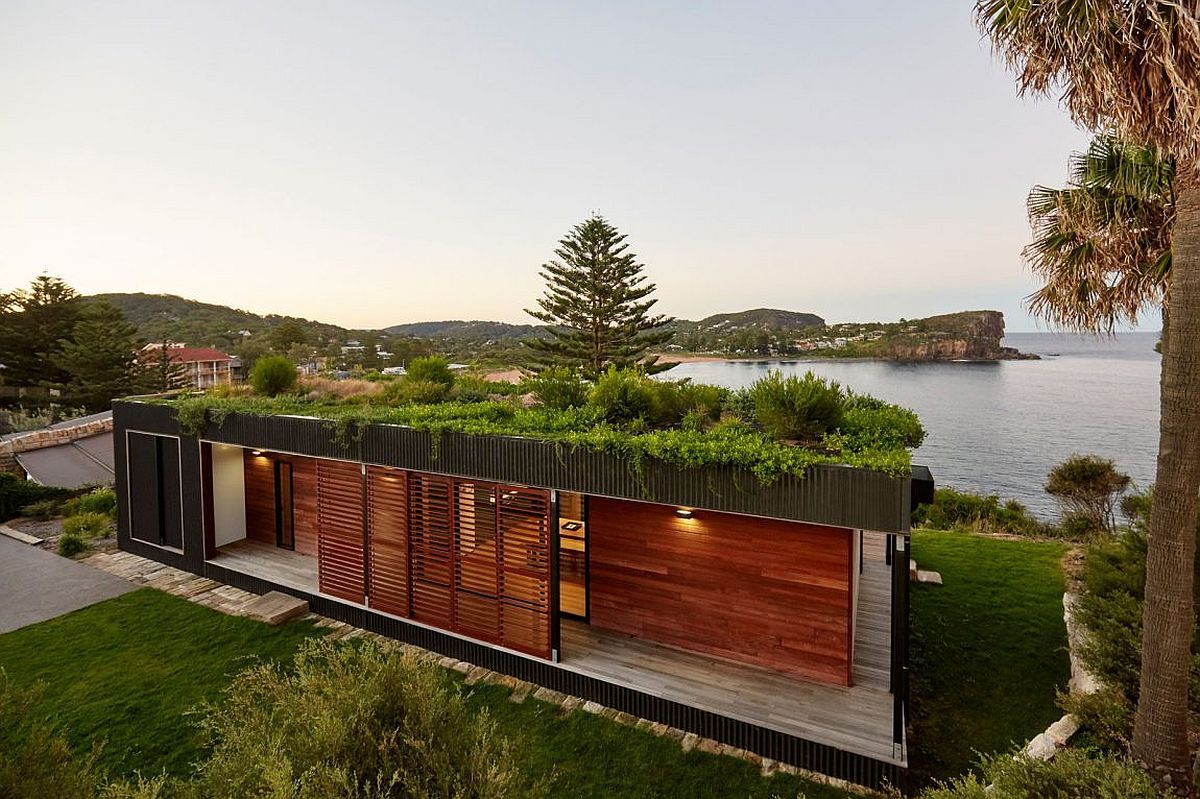In today’s world, being environmentally conscious is more important than ever. One way to make a positive impact on the environment is by creating an eco-friendly home. Not only will this help reduce your carbon footprint, but it can also save you money in the long run. Here are some tips on how to create an eco-friendly home.
Energy-Efficient Appliances
One of the easiest ways to make your home more eco-friendly is by investing in energy-efficient appliances. Look for products that have the Energy Star label, which indicates that they meet certain energy efficiency standards set by the Environmental Protection Agency. These appliances use less energy, which can lower your utility bills and reduce your overall energy consumption.
Solar Panels
Another great way to make your home more eco-friendly is by installing solar panels. Solar panels harness the power of the sun to generate electricity, reducing your reliance on traditional energy sources. While the initial cost of installing solar panels can be high, they can save you money in the long run and significantly reduce your carbon footprint.
Energy-Efficient Lighting
Traditional incandescent light bulbs consume a lot of energy and have a short lifespan. Switching to energy-efficient LED or CFL bulbs can help you save money on your energy bills and reduce your impact on the environment. These bulbs last longer and use less energy, making them a more eco-friendly option for lighting your home.
Water Conservation
Conserving water is another important aspect of creating an eco-friendly home. Install low-flow fixtures in your bathroom and kitchen, such as faucets, showerheads, and toilets, to reduce your water usage. You can also invest in a rainwater harvesting system to collect rainwater for irrigation purposes. These simple changes can help you save water and protect this valuable resource.
Recycling and Composting
Reducing waste is a key component of living a more eco-friendly lifestyle. Set up a recycling system in your home to separate recyclable materials from trash. You can also start a composting pile in your backyard to reduce food waste and create nutrient-rich soil for your garden. By recycling and composting, you can help reduce the amount of waste that ends up in landfills.
Sustainable Materials
When renovating or furnishing your home, opt for sustainable materials whenever possible. Choose bamboo flooring or reclaimed wood for your floors, countertops, and furniture. Look for eco-friendly paints and finishes that have low or no volatile organic compounds (VOCs). By using sustainable materials, you can create a healthier indoor environment for you and your family.
Conclusion
Creating an eco-friendly home is not only good for the environment, but it can also benefit your health and well-being. By following these tips, you can reduce your carbon footprint, save money on utility bills, and create a more sustainable living space. Start making small changes today to make a big impact on the world around you.
© 2022 Your Company. All rights reserved.

